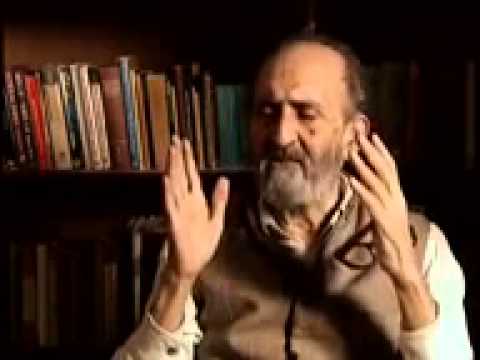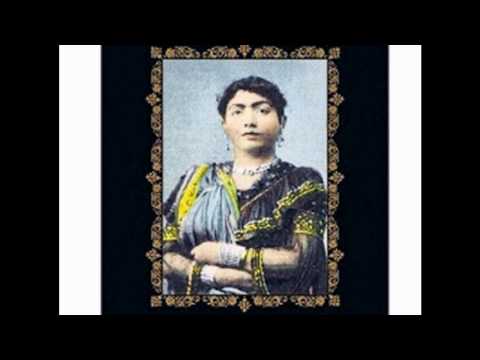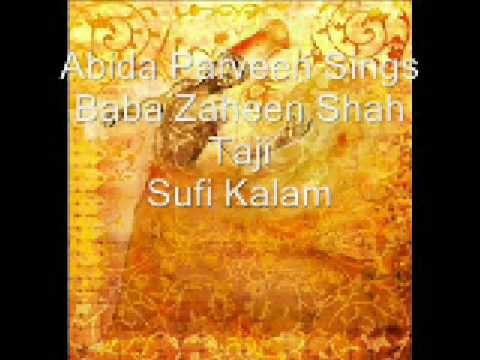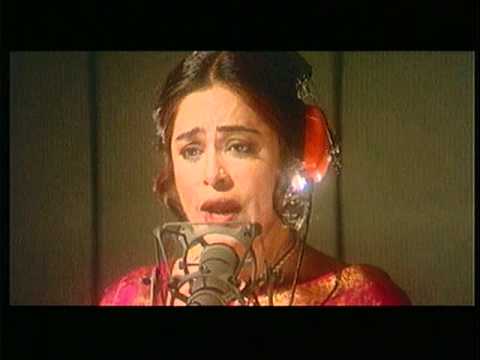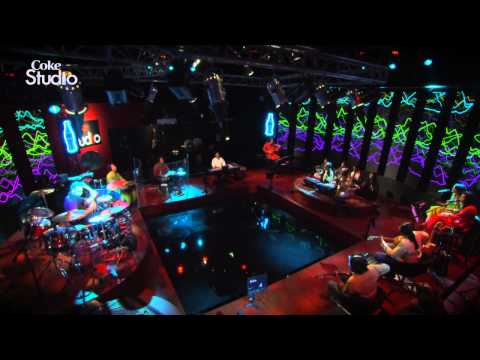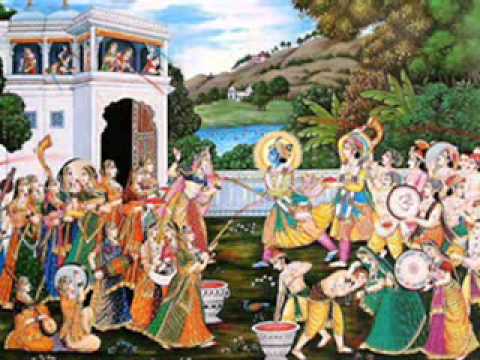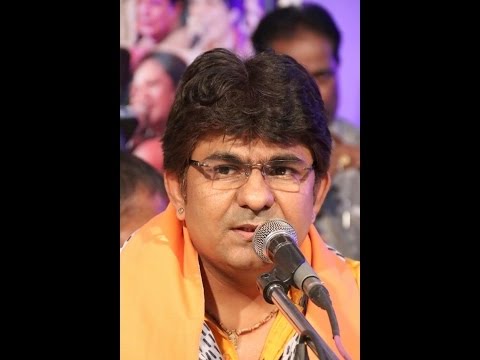When I celebrate Holi, Muslims often tell me that the practice is haram (forbidden), because colour is prohibited in Islam. But the 18th-century Punjabi mystic Bulleh Shah’s words above provide the perfect frame for the subcontinent’s centuries-old syncretic culture, our Ganga-Jamuni tehzeeb that is under threat from fundamentalists of both religions.
As it turns out, Islam does not prohibit colour: it’s just that when we perform our ablutions for namaz, water should touch the skin, so there should be no colour at that point. Wash the Holi colours away before praying, I tell the critics. It’s simple. I do it.
होरी खेलूंगी कह कर बिस्मिल्लाह
नाम नबी की रतन चढी, बूँद पडी इल्लल्लाह
रंग-रंगीली उही खिलावे, जो सखी होवे फ़ना-फी-अल्लाह
होरी खेलूंगी कह कर बिस्मिल्लाह
अलस्तु बिरब्बिकुम पीतम बोले, सभ सखियाँ ने घूंघट खोले
क़ालू बला ही यूँ कर बोले, ला-इलाहा-इल्लल्लाह
होरी खेलूंगी कह कर बिस्मिल्लाह
Naam Nabi ka ratan chadhi, Boond padi illallah
Rang rangeeli ohi khilave jo sakhi hove fana fi ullah
Hori khelun kah kar Bismillah
Alasta Birabbikum.
“Am I not your God?”
God asked this on day 1 of creation. All souls repled. Balaa…. “Why Not….”
*(This is quranic style. God usually asks questions when He wants to emphasize a point.)
Alasta Birabbikum Pitam Bolay
Am I not your God? Asked Beloved.
Sab sakhiyon ney ghoonghat kholey
All souls unvelied their true identity.
Qaaloo Balaa…. yunhi ker boley
They said, “Why not?” That’s what they said.
Laa ilaaha ila Allah.
There is no one worthy of worship but Allah.
(Please note that, Alasta Birrabikum and Qaaloo Balaa are quranic verses, describing Day 1 of creation)
Baba Bulleh Shah’s kalaam or words give the perfect frame to our centuries old syncretic culture – Ganga Jamuni Tahzeeb as we call it. Unfortunately it is under threat from fundamentalists from both religions.
A gentle reminder to everyone that this maybe a recent phenomena , as in the past centuries the influence of the Sufi and Bhalkti movements ensured perfect peace and harmony amongst the communities.




As Maheshwar Dyal writes in “Alam mein Intikhaab Dilli” which describes Indian culture through the ages
“Holi is an ancient Hindustani festival which is played every man and woman irrespective of religion and caste.After coming to India the Muslims also played Holi with gusto, be it the Badshah or the Faqeer. “Holi kya anti hai dil ki gali khil jaati hai. Holi ka tyohaar milan ka tyohaar hai, dosto’n ke mel milaap ka tyohaar- badalte huge mausam ki bahaar, nayi umango’n se bhar poor masti, sab kuchh khumaar aalood sa lagta hai.”
Basant Panchami would signal the onset of the festivities and people would be carrying squirt guns with colors and smear gulaal ( dry red colour) on each other’s face. Mustard flowers would be offered in temples and abiir , gulaal would be flying in the air. Flowers from the ‘Tesu’/ ‘Palash’ / ‘dhaak’ plants ( flame of the Forest) would be immersed in earthern water pots. It is believed that Lord Krishna played Holi with Radha using colours made from the Tesu flower. These red flowers bloom during the spring season. It is believed that Lord Krishna played Holi with Radha using colors made from Tesu flowers.


All colors used were natural and plant extracts. There were no chemicals used and nor was there hooliganism by the way.
This is one of the most delightful, colorful festivals of India, which aims at making people unite, forget their complaints against each other and embrace one another.

#Holi, signed by Gobind Singh Shauquin, Lucknow, circa 1760
“tere bhole ne pii li bhang
kaun jatan Holi khe’n”
Shobha Gurtu singing the Dadra “Rang de gulaabi chunariya Re”
Holi would be celebrated on the same scale as Eid in the Red Fort or Qila i Moa’lla.
“Mere Hazrat ne Madeene mein manaayi Holi” by Gauhar Jaan
In the 13th century Amir Khusrau (1253–1325) had celebrated the festival of Holi with what is one of his most popular qawwalis today
Aaj rang hai ri maa rang hai ri
Aaj rang hai ri maa rang hai ri
Mere Khwaja ke ghar rang hai ri
Today my whole world is filled with colour
There is colour in my Master’s house
Khaaja Piya ke aangan mein khele Holi
The Mughal Emperor Akbar, encouraged syncretism and tolerance. In his reign all festivals were celebrated with equal gusto and it was a practice that was followed by all his successors barring Aurangzeb.
In Tuzuk e Jahangir, Jahangir (1569 –1627) writes, he writes:
‘Their day is Holi, which in their belief is the last day of the year. This day falls in the month of Isfandarmudh, when the sun is in Pisces. On the eve of this day they light fires in all the lanes and streets. When it is daylight they spray powder on each other’s heads and faces for one watch and create an amazing uproar. After that, they wash themselves, put their clothes on, and go to gardens and fields. Since it is an established custom of among the Hindus to burn their dead, the lighting of fires on the last night of the year s a metaphor for burning the old year as though it were a corpse.’


Radha celebrating Holi, c1788 – Pahari painting
There would be melas held behind the Red Fort on the banks of the Yamuna. A huge crowd would gather from the fort till Raj Ghat. Dhaf, jhanjaen, nafiri ( tambourine, cymbal and trumpet) would be playing and nauch girls would be dancing. Group of traveling musicians and artists would gather under the Red Fort and show their tricks and talents. The mimics would imitate the Emperor, prince and princesses too and nobody would take offense. The Queens, princesses and noble women would be sitting in their jharokas and enjoying the entertainment. The Emperor would reward them handsomely.
Shah Niyaz’s immortal “Holi hoyi rahi hai Ahmed Jiya ke dwaar”
Holi hoye rahi hai Ahmad Jiya ke dwaar
Hazrat Ali ka rang bano hai Hassan Hussain khilaar
(Holi is being played at beloved, Ahmed’s (saww) doorsteps.
Hazrat Ali has become the colour and Hasan and Husain are playing)
At night there would be a grand celebration of Holi in the Red Fort with singing and dancing throughout the night. Famous courtesans from throughout the country would come here. The most popular song would be Bahadur Shah Zafar’s ‘Horiyan’. Bands of entertainers would go around Shahjehanabad entertaining the aristocrats and the rich in their Havelis. There would be much good natured leg-pulling with the slogan “Bura Naa Mano, Holi Hai!”


Children would also go around entertaining elders with their acts. At night there would be mahfils in the walled city with the aristocrats, traders and shop keepers all enjoying themselves. Bahuda Shah Zafar would join the celebration with great gusto and enthusiasm and mingle with his subjects. He wrote a song for the occasion:
“Kyun mope maari rang ki pichkaari
dekh kunwarji du’ngi gaari
Why have you squirted me with colour
O Kunwarji I will swear at you
bhaaj saku’n main kaise moso bhaajo nahin jaat
thaa’ndi ab dekhu’n main baako kaun jo sun mukh aat
( I can’t run, I am unable to run
I am now standing here and want to see who can drench me)
Bahut dinan mein haath lage ho kaise jaane deoon
Aaj main phagwa ta sau Kanha faita pakad kar leoon.
(After many days have I caught you, how can I let you go
I will catch you by your cummerbund and play Holi with you)
shokh rang aisi dheet langar sau khelay kaun ab hori
mukh meedai aur haath marore karke woh barjori”
(Shokh was Bahadur Shah’s takhallus for folk songs)
Who can play Holi with such a miscieviousl Kanha
My face you have coloured and my wrist you have twisted in your playfulness
The Mughal Emperors celebrated Holi in their courts


Jahangir Celebrates the Hindu Festival of Holi. A single folio from the Minto Album. Artist unknown, c. 1635. Colored pigments and gold on paper. [Photo: © The Trustees of The Chester Beatty Library, Dublin]
It was called Eid e gulaabi orAab-e-Pashi (Shower of Colourful Flowers) everyone joining in.
“Jam-e-Jahanuma’, an Urdu daily wrote in 1844 that during the days of the Moghul Emperor Bahadur Shah Zafar, special arrangements were made for Holi festivities. Groups of people used to dance around singing Horis and indulging in a lot of fun some time even at the cost of the princes and princesses and that day it was not a punishable act but the one to be rewarded. Special groups of jokers used to sing songs around the Holi fires but it was all taken in a sporting spirit. The major part of this ceremony used to be the sprinkling of yellow colour deftly prepared by the Tesu ke Phool — flowers producing yellow dye — squirted with the help of syringes of various forms and kinds made of metal, glass and wood. There also used to be the snowballing of red and yellow colour even on the king who too defended and attacked as per opportunity.”
more kaanhaa jo aaye palat ke
abake hori main kheluungi dat ke
unake pichhe se chupake se jaake
ye gulaal apane tan pe lagaa ke
rang duungi unhen main lipat ke
abake hori
ki unhonne agar joraa-jori
chhini pichakaari bainyaan marori
gaariyaan mainne rakhi hain rat ke
abake hori
Hori written by Wajid Ali Shah
Holi played by Mohammed Shah Rangeela Royal Patrons who were mostly secular in those days like Ibrahim Adil Shah and Wajid Ali Shah used to distribute mithai and thandai to everyone in their kingdom. It was a common and beloved festival of all
Veejay sai a well known art and music critic has sent me a picture of this rekhta by 17th century poet Afzal Jhinjhanvi in praise of Holi written in a mix of Urdu, Hindi, Persian, Braj bhasha and khaki boil. This is the Ganga Jamuni tehzeeb that prevailed all over India right unto the 19th century. It still does in most of India in-spite of attempts of divide and rule.
The famous poet Mir Taqi Mir (1723-1810) wrote on Nawab Asif-ud-Daula playing Holi
Holi khela Asif-ud-daula Vazir
Rang sohbat se Ajab hain Khurd-o-Pir
(Asif-u- daula plays Holi
Commoners and Kings are happy after being drenched with colour)
Munshi Zakaullah ( a mid 19th century Delhi intellectual) in his book Tarikh-e-Hindustani, even questions the fact that Holi is a Hindu festival and describes the Holi festivities lasting for days during the Mughal rule . There were no restraints of caste, class or religion and even the poorest of the poor could throw colour on the emperor.
Holi Dhun by Ustad Bismillah Khan
The Thumri Queen Begum Akhtar sings “Kaise yeh Dhoom Machaayi Re”
and who can forget Amir Khusrau’s AAj Rang Hai!
Nazeer Akbarabadi, the People’s poet who wrote “Jab Phagun Rang Jhamakte ho, Tab dekh bahaare’n Holi ki”
In 16th century ibrahim RasKhan (1548-1603) wrote
Aaj hori re Mohan Hori
Kaal hamare aangan gaari dai aayo, so kori
Ab ke duur baithe maiyya dhing, nikaso kunj bihari
Its Holi, Mohan, its Holi today
Who was it who came yesterday to our courtyatd and swore at us
Now you hide behind your mother, far away , Oh come out Kunj Bihari
And
Main kaise nikasaun Mohan khelai phaag
Mere sang ki sab gayin, mohi paragatyaun anuraag
How do I step out, Mohan is playing Holi
All my friends have gone, and my Love for him is making me shy
मोहन हो-हो, हो-हो होरी ।
काल्ह हमारे आँगन गारी दै आयौ, सो को री ॥ अब क्यों दुर बैठे जसुदा ढिंग, निकसो कुंजबिहारी । उमँगि-उमँगि आई गोकुल की , वे सब भई धन बारी ॥ तबहिं लला ललकारि निकारे, रूप सुधा की प्यासी । लपट गईं घनस्याम लाल सों, चमकि-चमकि चपला सी ॥ काजर दै भजि भार भरु वाके, हँसि-हँसि ब्रज की नारी । कहै ’रसखान’ एक गारी पर, सौ आदर बलिहारी ॥
Mehjoor Lakhnavi (1798-1818) in his book Nawab Syadat Ali Ki Majlis- e- Holi talks of the sensuous aspect of Holi , with which many can associate today
Gulzar Khile Hon Pariyon Ke
Aur Majlis Ki Tyari Ho
Kapdon Par Rang Ke Cheeton Se
Khushrang Ajab Gulkari Ho
( Roses are blooming on fairies
Preparation is on for a soiree
Clothes are smeared with colour
As bright as painted flowers)
Royal Patrons who were mostly secular in those days like Ibrahim Adil Shah and Wajid Ali Shah used to distribute mithai (sweetmeats) and thandai to everyone in their kingdom. It was a common and beloved festival of all.
http://why.travel/top-51-travel-blogs-and-magazines-india/
All colors used were natural and plant extracts. There were no chemicals used and nor was there hooliganism by the way.
This is one of the most delightful, colorful festivals of India which aims at making people unite, forget their complaints against each other and embrace one another. There is so much to write but “jo kahun bahut thodi hai Rasiya”
aaj Biraj mein hori hai re Rasiya
Hori hai re Rasiya, barjori hai re Rasiya
I am indebted to my friend Veejay Sai for the old videos on Holi and the verse by Mir Taqi Mir
Rajastani Holi Song – Sultan Khan Sarangi Ustad Zakir Hussein Tabla
This article appeared in a shorter version in Scroll.in
http://scroll.in/article/800900/in-mughal-india-holi-was-celebrated-with-the-same-pomp-as-eid
